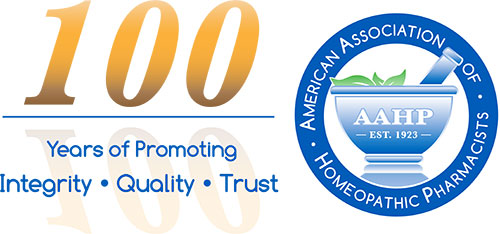Disclosing Relationships with Influencers on Social Media
By Deborah Kelly, public relations manager, Boiron USA
March 1, 2017
The core mission of the Federal Trade Commission (FTC) is to regulate advertising so businesses won’t mislead consumers or engage in deceptive practices that would affect behavior or decisions about a particular product or service. One area of particular concern and scrutiny is endorsements. Social media is no exception.
Endorsements by celebs, bloggers, influencers and medical professionals in the social space must clearly disclose any kind of financial relationship with brands. The FTC raises the question of whether a consumer’s view of an endorsement would be altered if he or she knew that the endorser was compensated in any way. Most likely yes, so a company has an obligation to ensure that all spokespersons are disclosing any material connection and vice versa.
The FTC is not concerned with “legalese” so there’s no need for a lawyer to draw up a typical disclosure. In the FTC’s eyes, disclosures must be “clear and conspicuous.” The agency suggests to use clear language. Even in video ads, disclosures should use an easy-to-read font and color; utilize a shade that makes it stand out from background; remain on screen long enough to be “noticed, read, and understood.” Additionally audio disclosures should be read at a “cadence that is easy for consumers to follow and in words consumers will understand.”
For example, bloggers are required to disclose that there was some form of compensation in exchange for a product review or post on their blog site. Something as simple as “Brand X gave me free product in exchange for my review” or “Brand X has compensated me for this review” meets the guidelines. Furthermore, reviews should always represent the “accurate experience and opinion of the endorser.”
For sponsored videos on YouTube, FTC requires a “Sponsored by Brand X” disclosure to appear clearly in the video description text. It must also be located before the “Read More” drop-down section. A clearly visible disclaimer must also be included in the video itself.
Sponsored Instagram or Twitter posts should also indicate the paid relationship. By adding the hashtag #ad and/or #sponsored and tagging the brand within the post text should be sufficient.
To stay on the right side of the FTC and to learn more about best practices for on-line disclosures, refer to .com Disclosures: How to Make Effective Disclosures in Digital Advertising on ftc.gov.
